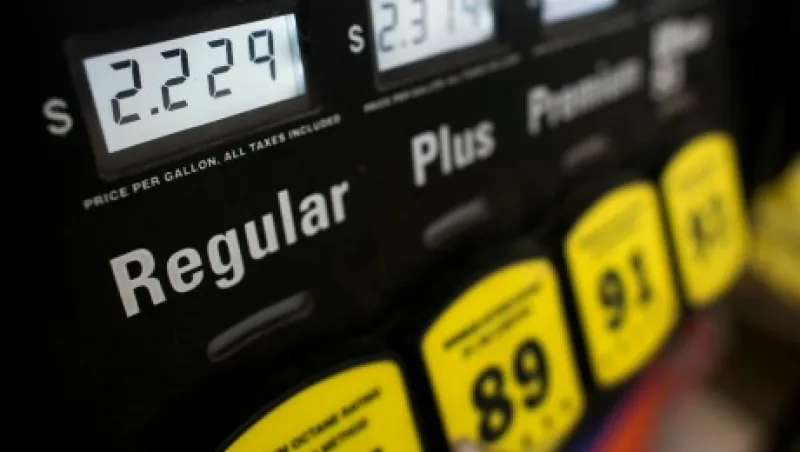Investors have tended to view the recent collapse in oil prices through a negative lens. There is certainly much to dislike. Lower prices, if sustained, will strip global oil producers of $1.6 trillion in revenue over the coming year. This figure is stunning, even if observers in the U.S. take qualified comfort from the fact that a large percentage of the losses accrue to faraway nations. U.S. producers might expect to forgo $185 billion in revenue.
Oil industry investments are already being curtailed, with implications that trickle up and down the supply chain. More ominously, some shale oil companies will fold at these oil prices — a material development, given their 17 percent share of the U.S. high-yield debt market. The banking sector’s exposure to lower oil prices is murkier but no less real. Dividend investors will also suffer as payouts are trimmed.
Oil-exporting countries in emerging markets are taking it particularly hard on the chin as they juggle all of this alongside aggressive capital outflows and ballooning U.S.-denominated debt obligations. Russia may be the worst off of the bunch.
This news is all bad and goes a long way toward explaining the U.S. stock market’s sour face prior to last week’s rally. But before hitting the panic button, let us acknowledge five important counterpoints, at least from the U.S. perspective.
1. The oil sector makes up less than 1 percent of the U.S. economy and workforce. Even its total annihilation would not guarantee doom for the broader economy.
2. It is foolish to contemplate the complete destruction of the oil sector. In reality, the global supply is outpacing demand only by 500,000 to 2 million barrels of oil per day. This constitutes no more than 2 percent of production, so it is hardly a gaping excess.
Normally, OPEC would swiftly plug this sort of hole, but it is seemingly unable to act because of problems with coordination that threaten to become an existential crisis. This state of affairs presses traditional — admittedly creaky — market forces into service. The U.S. shale oil sector will probably contribute disproportionately to any production cutback owing to its combination of fairly high extraction costs and an unprecedented production decay rate.
But even in a worst-case scenario in which the entirety of the global imbalance is resolved via diminished U.S. supply, this would amount to a mere 5 to 20 percent pullback in domestic oil production. That might eliminate a few hundred thousand jobs and shave a few tenths off of U.S. GDP, but both of these are eminently absorbable in the context of 3 million net new jobs per year and an economy expanding at a muscular 3 to 4 percent a year.
3. We should not assume that constraining supply is the only means of rebalancing the oil market. Our models at RBC Global Asset Management argue that global demand could rise by as much as 2 million barrels a day over the next year, because of the inducement of low oil prices combined with decent global economic growth. This figure is double the forecast from the International Energy Agency.
4. There are, of course, many beneficiaries of lower oil prices. U.S. energy users — households, businesses and government alike — are set to save an incredible $315 billion per year, almost double what the producers will lose. This fact tends to get lost in the analysis, however, likely because the losers are so concentrated and the winners are quite diffuse. As it turns out, saving $15 at the pump can really add up.
5. We should not assume that oil prices will circle the drain forever. The insight to draw from the 2008–’09 oil collapse is not so much that prices could dip as low as $31 per barrel (the context is quite different, as this shock is a supply-based, not demand-driven), but rather that oil’s basic buoyancy sent prices back above $70 a barrel within six months. The marginal cost has only gone up in the intervening years, meaning that today’s fair value is probably more like $80 a barrel.
Framed differently, prices will settle at a level that renders only the most expensive 2 percent of current production nonviable. This condition certainly does not require oil below $60 per barrel.
In short, whereas lower oil prices are bad news for producers and may tilt more negative than positive for investors in the short run, the consumers of oil enjoy an even greater — if dispersed — economic benefit. This positive impulse should eventually trickle into investor portfolios via a multitude of channels. Furthermore, if oil prices have indeed overshot, as we suspect, then even those invested in the sector may have something to look forward to in 2015.
Eric Lascelles is the chief economist at RBC Global Asset Management in Toronto.
Get more on macro.






